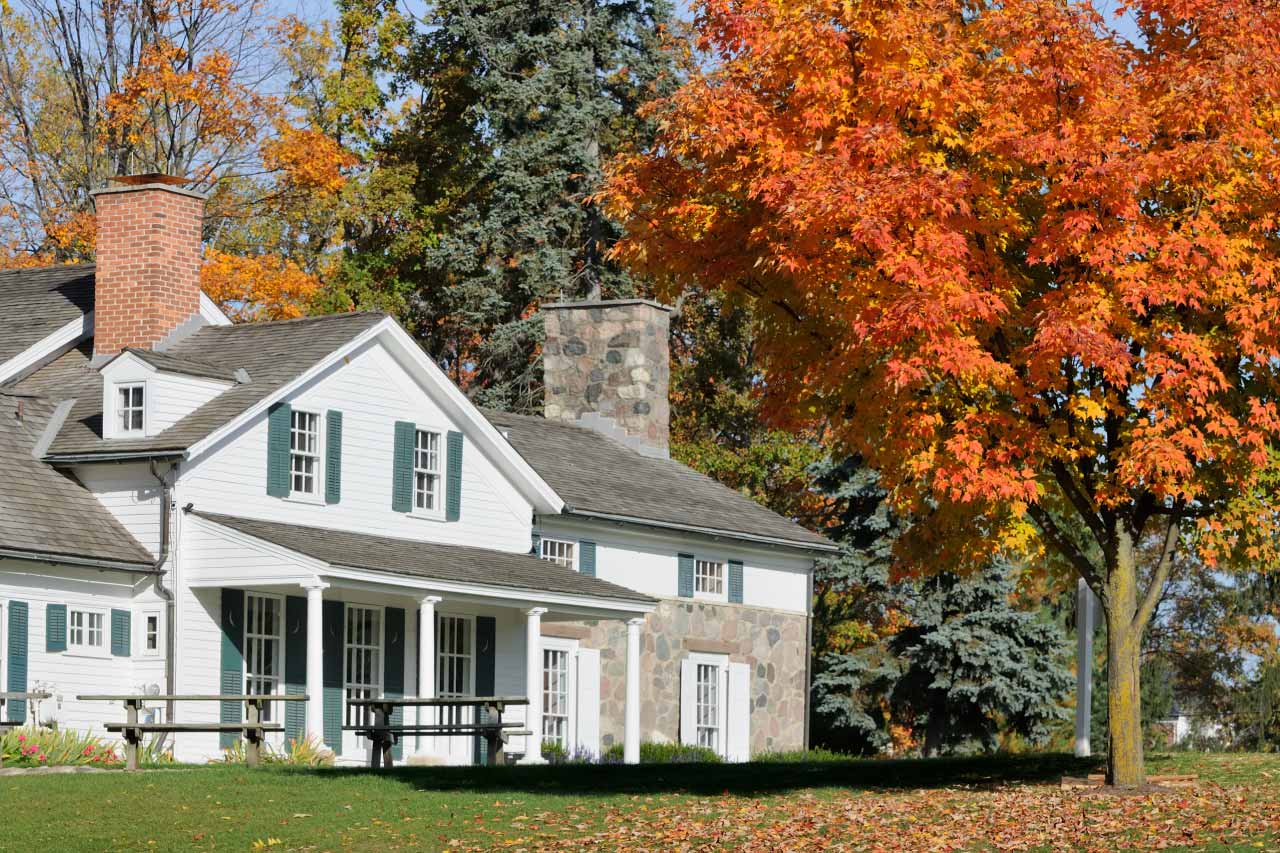
Urban Exteriors
Urban Exteriors
We are a small, family run company. We have over 25 years of roofing and siding experience. We do business the old-fashioned way, one customer at a time. Urban Exteriors is dedicated to providing quality materials, excellent workmanship and the highest customer satisfaction through ethical business practices. We strive to provide the best experience possible for every customer, as recommendations are the highest form of flattery.
"I required the services of a Roofing Organization to remove and replace several damaged Boral Tiles on my home. Part of the services which I required was locating and sourcing the "hard to find" tiles to match my home's roof. Urban Exteriors, (Lyndon) was very responsive, professional with no concern of the size of the project. Within two days the required tiles were located, sourced and installed. I was extremely pleased with Urban Exteriors' professionalism, responsiveness, workmanship! Larry M"
Lawrence M on April 2023
We are a small, family run company. We have over 25 years of roofing and siding experience. We do business the old-fashioned way, one customer at a time. Urban Exteriors is dedicated to providing quality materials, excellent workmanship and the highest customer satisfaction through ethical business practices. We strive to provide the best experience possible for every customer, as recommendations are the highest form of flattery.
"I required the services of a Roofing Organization to remove and replace several damaged Boral Tiles on my home. Part of the services which I required was locating and sourcing the "hard to find" tiles to match my home's roof. Urban Exteriors, (Lyndon) was very responsive, professional with no concern of the size of the project. Within two days the required tiles were located, sourced and installed. I was extremely pleased with Urban Exteriors' professionalism, responsiveness, workmanship! Larry M"
Lawrence M on April 2023

















